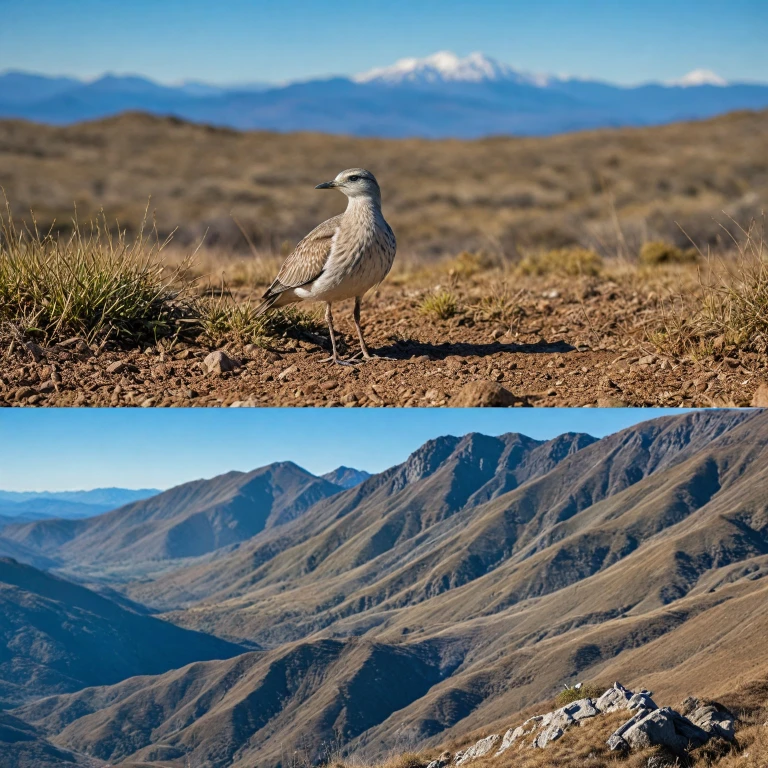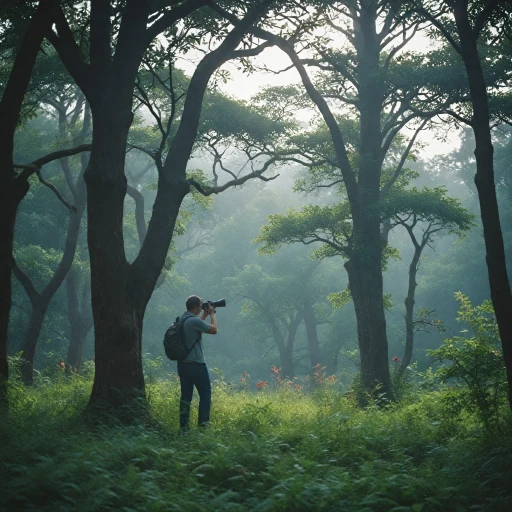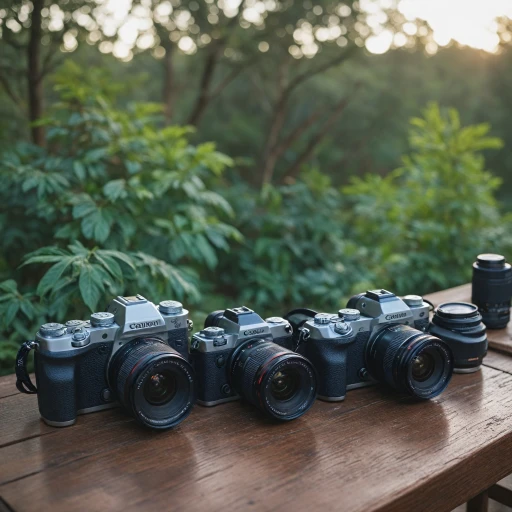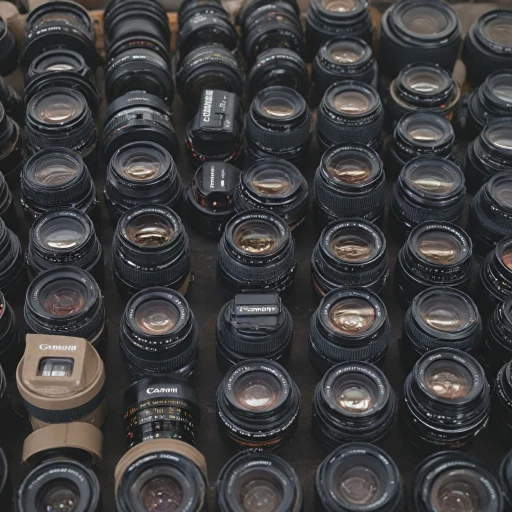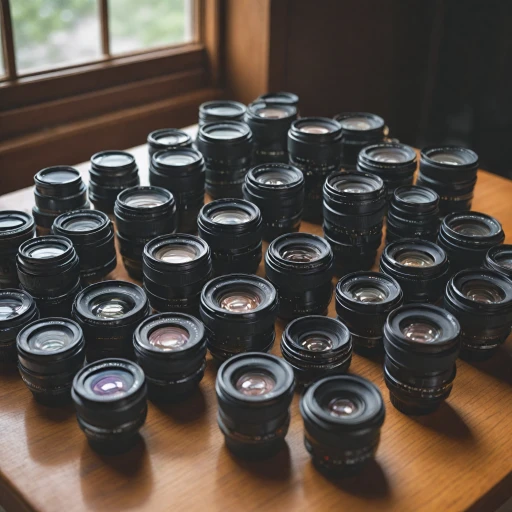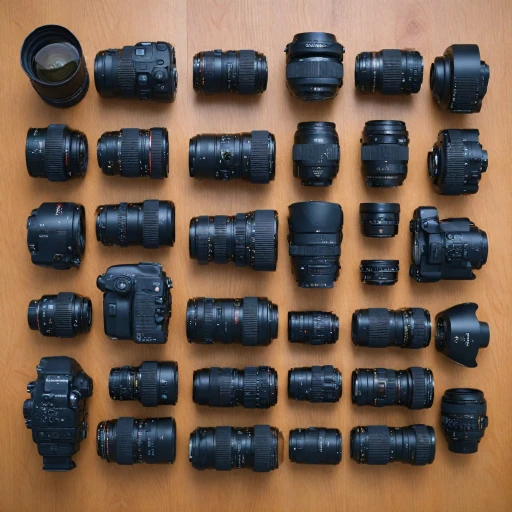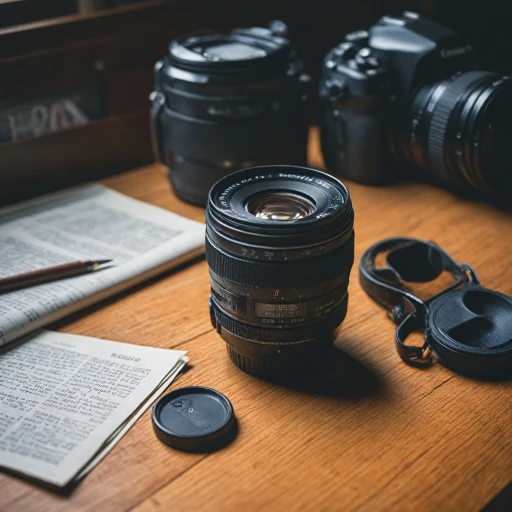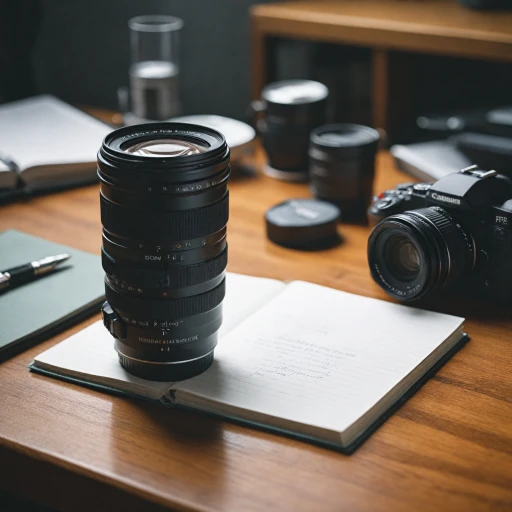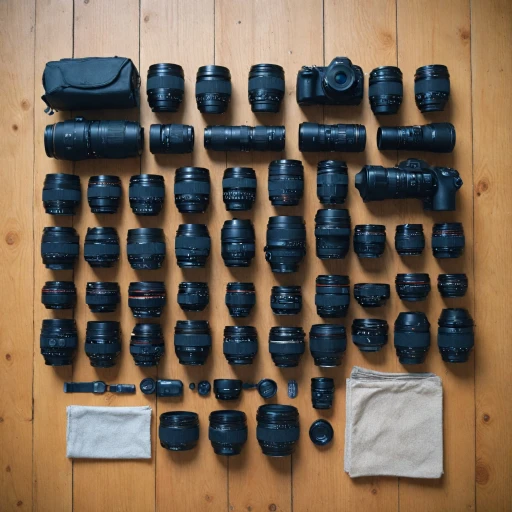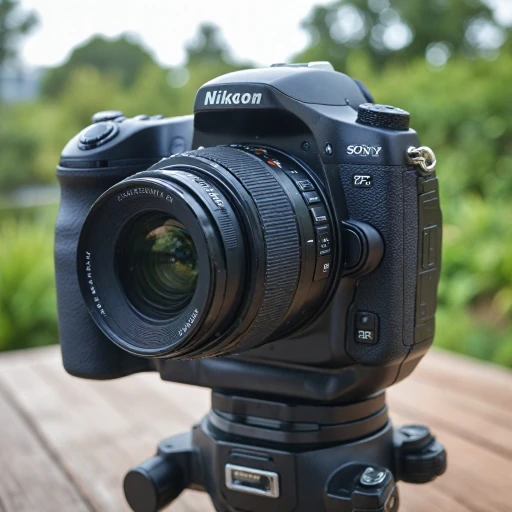The Basics of Focal Length
The Essence of Focal Length
The term focal length is pivotal in understanding how lenses work, particularly in photography. Essentially, it is the distance (measured in millimeters) between the lens and the image sensor when the subject is in focus. This measurement is crucial, as it affects the field of view and magnification capabilities of a lens. When photographers discuss focal length, they are often referring to 35mm full-frame standards, which influences the field of view significantly.
In the world of wildlife photography, choosing the right focal length is key to capturing stunning images, whether you are photographing skittish birds or elusive wildlife. Lenses with longer focal lengths, like 300mm and 500mm, provide the ability to zoom in on distant subjects. However, each has its strengths and weaknesses.
For a beginner or even a seasoned photographer, understanding how focal lengths impact image quality, sharpness, and zoom capabilities is crucial in optimizing your shots. Moreover, given the variety of camera brands, such as Nikon and Canon, available in the market, it is wise to know how different lenses function.
Beyond choice of lens, the physical attributes of the camera, and even unique customizations, can also play a role. For instance, you might want to enhance your camera's appearance and grip with custom skins, which can provide both practical and aesthetic benefits.
In the following parts, we'll delve into the specific pros and cons of 300mm and 500mm lenses, helping you make an informed choice, whether you’re shooting that perfect bird photo or capturing wildlife in low light conditions.
300mm Lens: Pros and Cons
Exploring the Benefits and Drawbacks of a 300mm Lens
The 300mm lens is a popular choice for many photography enthusiasts, especially for those venturing into wildlife photography or seeking to capture birds in flight. These lenses offer a considerable level of zoom, making them good for image quality when getting that perfect shot.
- Advantages: A 300mm lens is generally more affordable and portable compared to its longer focal length counterparts like the 500mm. It provides sharpness that appeals to users of nikon or canon lenses, ensuring top-notch performance in various shooting conditions.
- Light Handling: These lenses excel in low light situations. Thanks to their focal length, they make capturing high-quality images possible when the light is not ideal. Pairing them with a full frame camera can further enhance this ability.
- Portability: A 300mm lens is light and compact, making it a favorite for photographers who need flexibility and movement during shoots. This means you don't need to carry additional equipment if your primary focus is capturing wildlife.
- Versatility: With a decent zoom range, the 300mm lens is suitable for a variety of photography styles beyond wildlife, such as sports or action, where fast movements need to be captured swiftly.
- Drawbacks: Despite its attractions, a 300mm lens may lack the extensive reach of longer lenses. This can be restrictive if you're photographing subjects that are far off, such as distant birds or wildlife that requires a better zoom.
- Image Quality: Although generally good, a 300mm lens may produce less detail than longer lenses, especially if you're working on large prints or need to crop images heavily during photo editing.
When considering focal lengths and lens options, it's crucial to weigh these pros and cons based on your specific photography needs and style. This understanding is a step forward in ensuring you select the right lens for shooting distance requirements.
500mm Lens: Pros and Cons
500mm Lens: Exploring the Benefits and Drawbacks
When venturing into the world of super telephoto lenses, like the 500mm, you step into a realm that offers incredible potential in wildlife photography. These lenses allow photographers to capture subjects at a significant distance, rendering sharp images whether it's birds in flight or wildlife in their natural habitat. One key advantage of a 500mm lens is its ability to bring distant subjects up close with remarkable clarity and image quality. For instance, bird enthusiasts will appreciate how this focal length enables them to frame elusive species without disturbing them. Additionally, in low light conditions, certain Canon lenses under this category are designed to perform well, though it's crucial to pair them with an appropriate camera body and settings. However, there are a few considerations to keep in mind. A 500mm lens tends to be bulkier and heavier compared to a 300mm lens, posing challenges for portability. It's not always the best option for handheld photography, often necessitating the use of a tripod. Additionally, while it offers a longer zoom range, the narrow field of view can make tracking moving subjects a bit more demanding. For those invested in capturing wildlife, investing in a 500mm lens could be a good decision. But it's also crucial to think about how you'll carry and support the lens, especially during extended photo sessions. Choosing the right memory card can significantly affect your photography experience when using such high-power lenses. If you're considering improving your setup, take the time to understand how the right memory cards can enhance performance for your Sony A7V. Discover more about choosing the best memory card options.Comparing Shooting Distances: 300mm vs 500mm
Understanding Shooting Distances with Different Lenses
When choosing between a 300mm and a 500mm lens, one of the critical factors to consider is the shooting distance. Understanding this aspect will significantly affect how you compose your wildlife photography shots, particularly when capturing birds or in low light conditions. The decision between these lenses depends heavily on your photography needs and experience level. With a 300mm lens, you're afforded more flexibility when it comes to shooting distance. This focal length is generally suitable for a variety of situations, from capturing wildlife at a safe distance to more intimate close-ups, without the excessive weight of a super telephoto lens. It's versatile and often found in a much more manageable size and price point, especially if you're looking at pre-owned or Canon options. Transitioning to a 500mm lens, this focal length is perfect when you need to capture subjects considerably farther away. Wildlife photographers chasing that elusive bird or those intricate moments in nature might find the added zoom range invaluable. This powerful lens, though physically larger and often more expensive, delivers better image quality when you need those long-distance shots. Comparing these two lenses directly, a 300mm lens will work well for most beginners and intermediate photographers. It provides sharp images with ease and is more forgiving in terms of handling. However, if you're aiming to specialize in wildlife photography in challenging environments or are a member of a community where the top of the thread starter list involves capturing action from extreme distances, the 500mm might be your answer. You'll generate better sharpness and detail in your photos, although you may need to consider additional gear, like a tripod, to maintain stability. The choice between these lenses will ultimately depend on user replies, lenses' compatibility with your existing camera setup—whether it's a full frame or not—and your specific wildlife photography needs. Always consider how much zoom and focal length you need and the typical light conditions you'll be shooting in before making a decision.Choosing the Right Lens for Your Needs
Key Factors to Consider When Selecting the Ideal Lens
When choosing the perfect lens for your camera, especially in wildlife photography, several crucial aspects come into play. Each photographer's needs can vary, so it's important to evaluate the benefits of both 300mm and 500mm lenses. Here are a few factors to contemplate to make an informed decision:- Focal Length & Reach: The 300mm lens offers a more versatile zoom range, making it suitable for everyday wildlife photography. Meanwhile, the 500mm lens provides extended reach, ideal for capturing distant birds and wildlife in exquisite detail. Consider your typical shooting distance and environment when deciding between these focal lengths.
- Portability & Size: If maneuverability is key in your photography, especially when traversing various terrains, the relatively lighter 300mm lens might be a better partner. The 500mm model, while larger and heavier, can be worth the tradeoff for photographers focusing on challenging wildlife subjects.
- Image Sharpness & Quality: Generally, both lenses can deliver exceptional image quality. However, nuances exist between brand variations, such as Nikon or Canon lenses, affecting sharpness and clarity. It's wise to check specific lens reviews and test outcomes to determine how each lens impacts your overall image quality.
- Low Light Performance: Wildlife moments often occur in varying light conditions. A lens with better aperture capabilities could provide an advantage, improving Nikon ISO efficiency and reducing noise in low light scenarios.
- Budget & Compatibility: Balancing cost against functionality is vital. The 500mm options tend to be pricier, so weigh this against how often you'll leverage the extra reach. Also, confirm compatibility with your camera to avoid any installation hurdles.
Tips for Maximizing Lens Performance
Enhancing Your Lens Performance
To make the most out of your 300mm or 500mm lenses, especially when engaging in wildlife photography, consider these practical tips. Whether you’re using a Canon or Nikon camera, these strategies will help you achieve better image quality and sharpness.
Optimize Your Camera Settings
- ISO Settings: Adjusting the ISO is crucial in low light conditions. A Nikon ISO or Canon equivalent can significantly impact the clarity of your shots.
- Aperture and Shutter Speed: Balancing these two can help in capturing birds in motion or achieving the desired depth of field. A wider aperture can be beneficial in low light scenarios.
Utilize Proper Techniques
- Stability: A tripod or monopod can be essential for super telephoto lenses to avoid camera shake, especially at longer focal lengths.
- Focus: Practice manual focusing techniques to ensure precision, especially when photographing fast-moving subjects like wildlife.
Leverage Photo Editing
Post-processing can enhance your image quality. Tools like photo editing software allow you to adjust exposure, contrast, and sharpness, ensuring your images stand out.
Regular Maintenance
Keep your lenses clean and well-maintained. Dust and smudges can affect sharpness and overall image quality. Regularly check your equipment for any signs of wear and tear.
By applying these tips, you can significantly enhance your photography experience, ensuring that your camera and lenses perform at their best, whether you're capturing the intricate details of birds or the vastness of a landscape.
